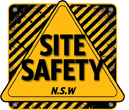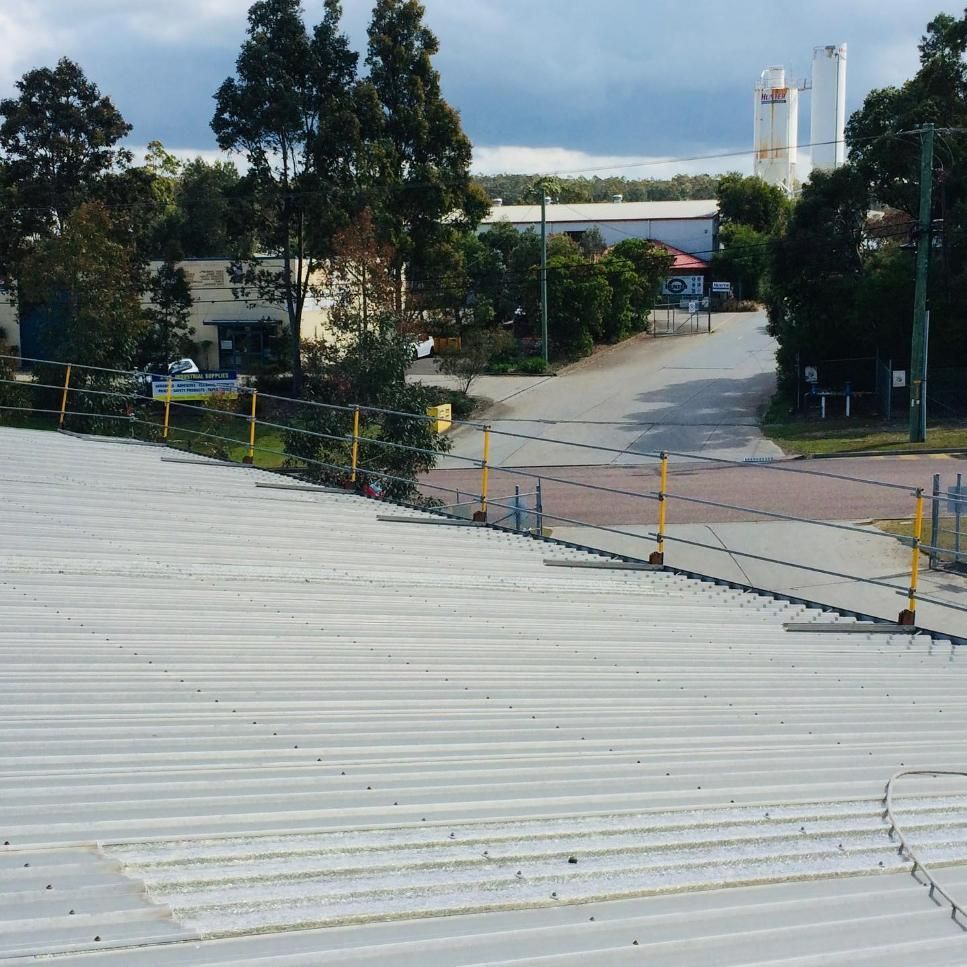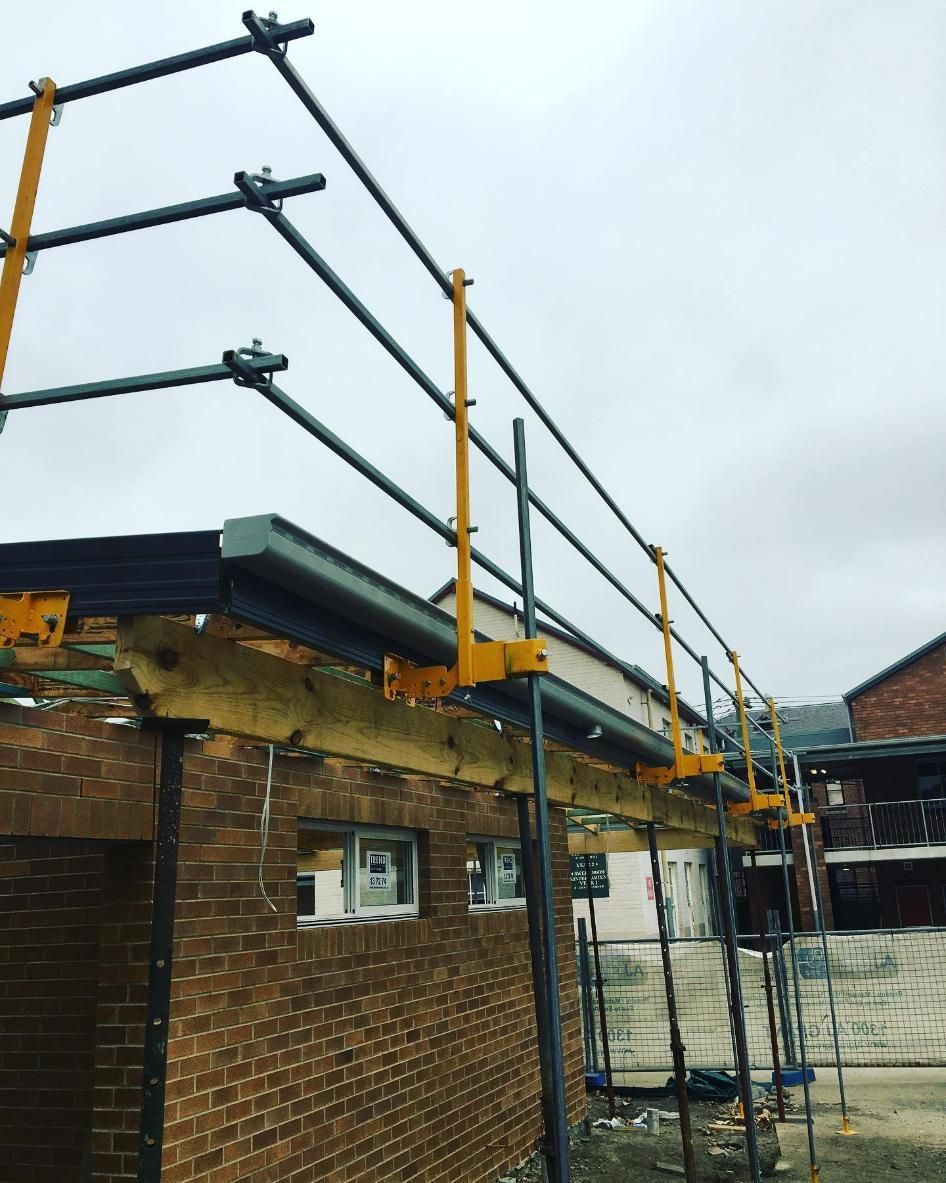Port Macquarie Edge Protection Systems
Keeping roof workers safe is a must on any construction or renovation site. That’s why Site Safety NSW delivers certified edge protection in Port Macquarie using reliable systems that meet Australian safety standards. With more than 15 years of experience, our team works with roofers, builders and owner-builders to install solutions that help reduce risk and support safe, efficient access to roofing zones.
Our edge protection is suitable for both new builds and existing homes. For new structures, we install adjustable clamps onto rafters or stud frames before roofing begins. On established homes, fascia-mounted brackets with stabilising poles provide a strong, non-invasive hold without damaging eaves or gutters. Every setup is tailored to suit your roof height, pitch and access layout.
We use premium, tested equipment from leading suppliers such as SpeedSafe, and we focus on quick, clean installation. Our process is structured around clear communication and minimal site impact. Whether you’re planning a reroof, solar install or structural build, we help ensure your team can work safely at height from start to finish.
Get in touch with Site Safety NSW on (02) 4967 1461 to arrange your edge protection system in Port Macquarie.
Contact
Contact Site Safety NSW in Port Macquarie
Thank you for contacting Site Safety NSW.
We will get back to you as soon as possible.
Oops, there was an error sending your message.
Please try again later.
Systems That Suit Your Build
Effective edge protection starts with proper design and site assessment. Our process begins by reviewing building plans or visiting your site to determine the best system for your project. We consider structural features, site slope, roofing materials and working access zones to customise a solution that supports safety without getting in the way of workflow.
For new builds, we use universal clamps that fix directly to framing, allowing roofing trades to operate safely without delay. On existing homes, we deploy fascia-mounted bracket systems with ground stabilisers that keep structures secure without roof penetration. These installations protect workers without altering the integrity of the building.
Our technicians deliver and install the system using gear that’s compliant, lightweight and easy to adjust onsite. We make sure the site is left clean and hazard-free after dismantle. This careful setup and removal process is designed to streamline your schedule and reduce rework caused by roof damage or clutter.
From planning to pack-down, our edge protection helps prevent falls, protect workers and keep your project moving. Whether you’re managing a one-off job or coordinating a series of builds, you’ll know your site safety is covered.
Need Help?
Frequently Asked Questions
What types of systems are used for edge protection?
Common edge protection systems include roof-mounted guardrails, fascia brackets with stabilising poles, and scaffolding-based perimeter rails. Some systems are clamp-based for use on new builds, while others attach to fascia or exposed rafters on existing homes. The right system depends on the building type, roof design and nature of the work. Modular designs allow for flexibility, and all systems should comply with AS/NZS safety standards.
Can edge protection be installed without damaging the roof?
Yes, non-penetrative edge protection systems are available and widely used. These systems are designed to clamp onto fascia boards, rafters or structural frames without drilling or altering the roof. Brackets often include ground support poles to stabilise the system without impacting the roof surface. This ensures safety for workers while preserving the integrity of the building materials.
Do edge protection systems need maintenance?
Temporary edge protection systems should be checked regularly throughout use to ensure they remain secure and undamaged. Before installation, the equipment should be inspected for wear or faults. During the project, daily checks for stability, proper placement and any potential interference from weather or other trades are recommended. After use, the system should be dismantled and stored according to manufacturer guidelines to maintain condition for future use.











